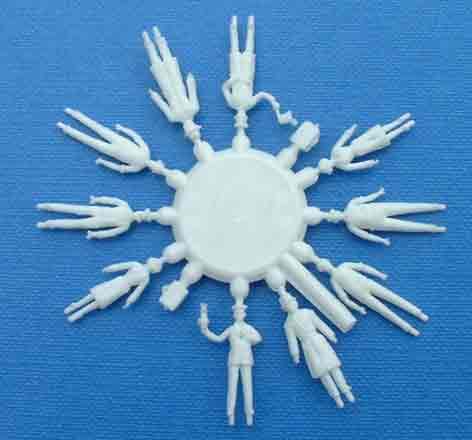Savage Scale Models
November 16, 2014
In his structuralist anthropological study The Savage Mind Claude Lévi-Strauss writes: ” To understand a real object in its totality we always tend to work from its parts. Reduction in scale reverses this situation…in the case of scale models, in contrast to what happens when we try to understand an object or living creature of real dimensions, knowledge of the whole precedes knowledge of the parts.”
In regards to our undertaking of downsizing the human species to 50 cm these words regain a sense of urgency. Not because we regard a smaller human species as a scale model, but because the enormous benefits of the reduction in human size would create the possibility of seeing some of the consequences of human existence for our planet as a whole again, instead of being paralysed by the complexity of its parts. At 50 cm humanity would only need about 2% to 25% of the resources it needs now. Not only would we have all the renewable energy we’d need but there wouldn’t be much of a problem in the continuation of the use of fossil fuels since we’d emit CO2 into the atmosphere in such low quantities that reforestation rates because of rewilding would easily absorb all of it, and more. So although that living creature of real dimensions whom Lévi-Strauss mentions in the second part of this quote perhaps isn’t a scale model, it definitely is a model for scaling Earth’s challenges. The paradox is that a “knowledge of the whole” as Lévi-Strauss calls it, probably needs to precede the immense step it’ll take to actually decide to become smaller.
Thanks Ronald van Tienhoven.